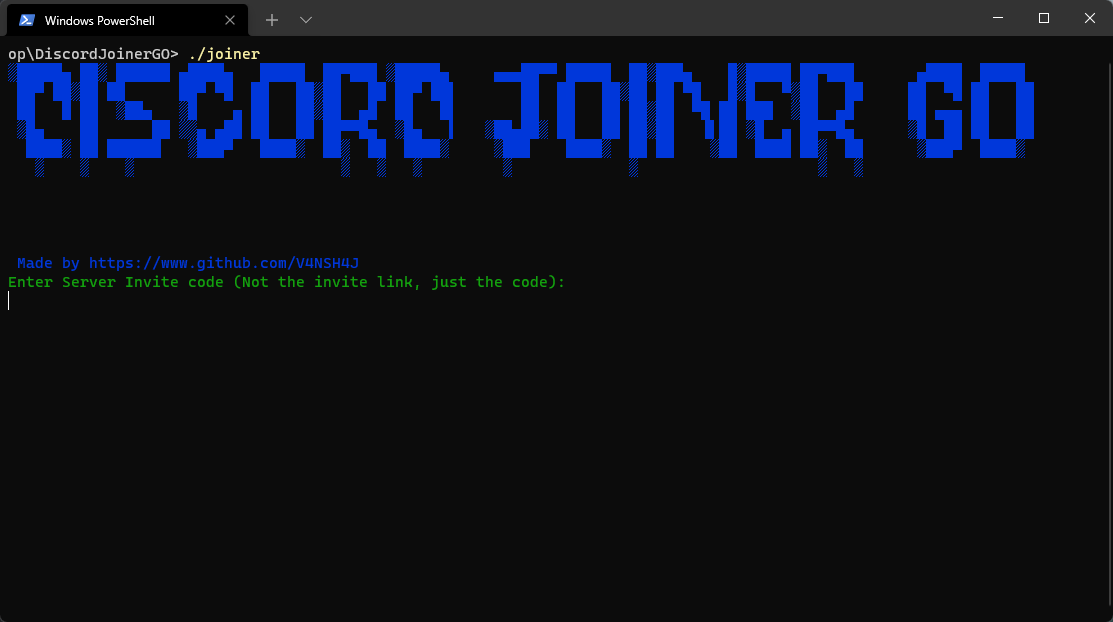Oragono is a modern IRC server written in Go. Its core design principles are:
- Being simple to set up and use
- Combining the features of an ircd, a services framework, and a bouncer (integrated account management, history storage, and bouncer functionality)
- Bleeding-edge IRCv3 support, suitable for use as an IRCv3 reference implementation
- Highly customizable via a rehashable (i.e., reloadable at runtime) YAML config
Oragono is a fork of the Ergonomadic IRC daemon <3
If you want to take a look at a running Oragono instance or test some client code, feel free to play with testnet.oragono.io (TLS on port 6697 or plaintext on port 6667).
Features
- integrated services: NickServ for user accounts, ChanServ for channel registration, and HostServ for vanity hosts
- bouncer-like features: storing and replaying history, allowing multiple clients to use the same nickname
- UTF-8 nick and channel names with rfc7613 (PRECIS)
- native TLS/SSL support, including support for client certificates
- yaml configuration
- updating server config and TLS certificates on-the-fly (rehashing)
- SASL authentication
- LDAP support
- supports multiple languages (you can also set a default language for your network)
- advanced security and privacy features (support for requiring SASL for all logins, cloaking IPs, and running as a Tor hidden service)
- an extensible privilege system for IRC operators
- ident lookups for usernames
- automated client connection limits
- passwords stored with bcrypt
UBAN, a unified ban system that can target IPs, networks, masks, and registered accounts (KLINEandDLINEare also supported)- IRCv3 support
- a focus on developing with specifications
Quick start guide
Download the latest release from this page: https://github.com/oragono/oragono/releases/latest
Extract it into a folder, then run the following commands:
cp default.yaml ircd.yaml
vim ircd.yaml # modify the config file to your liking
oragono mkcerts
oragono run # server should be ready to go!
Note: See the productionizing guide in our manual for recommendations on how to run a production network, including obtaining valid TLS certificates.
Platform Packages
Some platforms/distros also have Oragono packages maintained for them:
- Arch Linux AUR - Maintained by Sean Enck (@enckse).
Using Docker
A Dockerfile and example docker-compose recipe are available in the distrib/docker directory. Oragono is automatically published to Docker Hub at oragono/oragono. For more information, see the distrib/docker README file.
From Source
You can also install this repo and use that instead! However, keep some things in mind if you go that way:
devel branches are intentionally unstable, containing fixes that may not work, and they may be rebased or reworked extensively.
The master branch should usually be stable, but may contain database changes that either have not been finalised or not had database upgrade code written yet. Don't run master on a live production network.
The stable branch contains the latest release. You can run this for a production version without any trouble.
Building
You'll need an up-to-date distribution of the Go language for your OS and architecture. Once you have that, just clone the repository and run make build. If everything goes well, you should now have an executable named oragono in the base directory of the project.
Configuration
The default config file default.yaml helps walk you through what each option means and changes.
You can use the --conf parameter when launching Oragono to control where it looks for the config file. For instance: oragono run --conf /path/to/ircd.yaml. The configuration file also stores where the log, database, certificate, and other files are opened. Normally, all these files use relative paths, but you can change them to be absolute (such as /var/log/ircd.log) when running Oragono as a service.
Logs
By default, logs go to stderr only. They can be configured to go to a file, or you can use systemd to direct the stderr to the system journal (see the manual for details). The configuration format of logs is designed to be easily pluggable, and is inspired by the logging config provided by InspIRCd.
Passwords
Passwords (for both PASS and oper logins) are stored using bcrypt. To generate encrypted strings for use in the config, use the genpasswd subcommand as such:
oragono genpasswd
With this, you receive a blob of text which you can plug into your configuration file.
Nickname and channel registration
Oragono relies heavily on user accounts to enable its distinctive features (such as allowing multiple clients per nickname). As a user, you can register your current nickname as an account using /msg NickServ register . Once you have done so, you should enable SASL in your clients, ensuring that you will be automatically logged into your account on each connection. This will prevent problems claiming your registered nickname.
Once you have registered your nickname, you can use it to register channels:
- Join the channel with
/join #channel - Register the channel with
/CS REGISTER #channel
After this, your channel will remember the fact that you're the owner, the topic, and any modes set on it!
Credits
- Jeremy Latt (2012-2014)
- Edmund Huber (2014-2015)
- Daniel Oaks (2016-present)
- Shivaram Lingamneni (2017-present)
- Many other contributors and friends of the project <3









